Summary
General Information
Cascada La Cortadera
Country: Chile
Region: Región de Valparaíso
Area: Parque Nacional La Campana
Nearest city: Ocoa
Number of journeys: 1
Total distance: 5,5km (sólo ida)
Trail Markings: Frecuente y clara
Trail: Claro y marcado
Route type: Ida y vuelta
Cascadas / Ríos
Flora
Bosques
Panorámicas / Paisaje
Señal de celular
Apto para niños menores de 10 años
Difficulty:
I did it
Hiking routes
CASCADA LA CORTADERA
Parque Nacional La Campana
Author: Álvaro Vivanco
Introduction
Due to its ecological, scientific, educational, cultural and recreational importance, Parque Nacional La Campana has been declared one of the nine Biosphere Reserves in Chile by UNESCO. The park is divided into three sections, each one with distinct characteristics: Granizo, Cajón Grande y Palmas de Ocoa. This last area is famous for having the largest existing concentration of Chile cocopalms (jubaea chilensis), a species of palm which grows extremely slowly and can reach heights of 25m and diametres of 1.3m, and which is only found in a small area in the central zone of Chile. It grows so slowly that it only reaches reproductive area at 60 years old.
Due to its location in the Valle de Ocoa within the park, this area is surrounded by the slopes of the hill Cerro La Campana to the south and by those of Cerro El Roble to the east which has created a very special microclimate which has allowed the growth of various types of flora, including of course Chile cocopalms. It is thought that this sector of the park has more than 60,000 specimens of this tree, making up more than half of the entire species, and some of which are more than 600 years old. Apart from the species from Rapa Nui (Easter Island), it is the only native palm in Chile and is recognised by its thick and straight trunk. It is considered to be an endangered species, meaning that there has been a significant decrease in its population and a fragmentation in its natural distribution.
Cascada La Cortadera is a 40m tall waterfall, dragging down the waters of the main river in this part of the park which flows down from the western face of the Cerro El Roble. Due to the humidity generated by the abundance of water, here you will find many water loving species including ferns and Chilean rhubarb. The route to the waterfall leads along an abandoned mining road and allows you to explore a large part of Valle de Ocoa, giving you the opportunity to admire the enormous Chile cocopalms.
Appropriate season
All year round.
Access
To reach the Ocoa sector of the Parque Nacional La Campana, you will need to reach the village of Ocoa. See here how to get to Ocoa.
From Ocoa to Parque Nacional La Campana
From Ocoa, follow route F300 which runs west parallel to the Northern Pan-American Highway. Continue for 3.5km until reaching the intersection with route F304, with a point of reference being a small roadside shop called “Empanadas de Rabuco”. At this point, turn left (south) and continue along route F304 for 8km until the paved road ends and you reach a junction with a gravel road. Here you should turn right and continue for 50m until reaching the park entrance, which is signposted. Continue for 2km south until you reach the Conaf guard post where you will have to register your entry to the park. From here to El Peral car park is another 700m. The gravel road is in regular condition, so we recommend that you use 4x4 vehicles or drive very carefully.
You can travel to the park via public transport from La Calera or Llayllay. In the terminal in La Calera there are taxis which take you to the park entrance for CLP$5000 (approx. USD$10).
Permits / Prices
The entry fees to Parque Nacional La Campana are as follows: Chilean adult CLP$2000 (approx. US$4), Chilean child CLP$1000 (approx. US$2), foreign adult CLP$2500 (approx. US$5), foreign child CLP$1500 (approx. US$3).
Accommodation / Facilities
In the sector of Ocoa in the Parque Nacional La Campana, there is a campsite run by Conaf which has 23 places to camp without electricity. It costs CLP$6000 (approx. USD$12) for a site for 6 people, and an extra CLP$1000 (approx. USD$2) for each extra person. There are toilets at the campsite.
In the last few years there has been a severe drought in the area, and Conaf has had to close the campsite on occasions due to a lack of water. We recommend that you contact the park before visiting to find out what the current water situation is at the time of travel.
Recommendations
- You can only find drinking water in the area between the Amasijo viewpoint and El Casino, so we recommend that you have enough when you start.
- The park opening times are 9:00-17:30 Monday to Sunday, apart from Friday when the park is open 9:00-16:30.
Gear
- Light trekking boots or trainers.
- Sun protection.
Schedule
- Ocoa – Waterfall – Ocoa
Comments
Cascada La Cortadera
Nicolás Berríos 08/04/2024
Other excursionists: Marjorie Carvajal
Punto alcanzado: Mirador
Fecha expedición: 20/07/2022
Bello sendero a través del palmar de Ocoa. Mucho mejor visitarlo en invierno post lluvias o primavera. Los colores y la cantidad de agua cambian de forma significativa el panorama =)
Jean Gajardo Jauregui 27/06/2016
Punto alcanzado: Mina de cuarzo
Fecha expedición: 26/06/2016
Muy linda ruta. El parque tiene una onda "jurásica" muy interesante, por la mezcla de vegetación. Muy tranquilo, buena recepción. Recomendaría hacer el ascenso directo a la mina de cuarzo (4,5 horas) y al descender pasar a la cascada y aprovechar de descansar. Serían 18 km, que hicimos en 7 horas, con varios descansos intermedios.
Álvaro Vivanco 15/06/2015
Punto alcanzado: Cascada
Fecha expedición: 14/06/2015
Bonito sendero, ideal para hacerlo en familia. La sequía está causando estragos en la zona y apenas cae agua desde la cascada. Muchas palmas se veían secas.










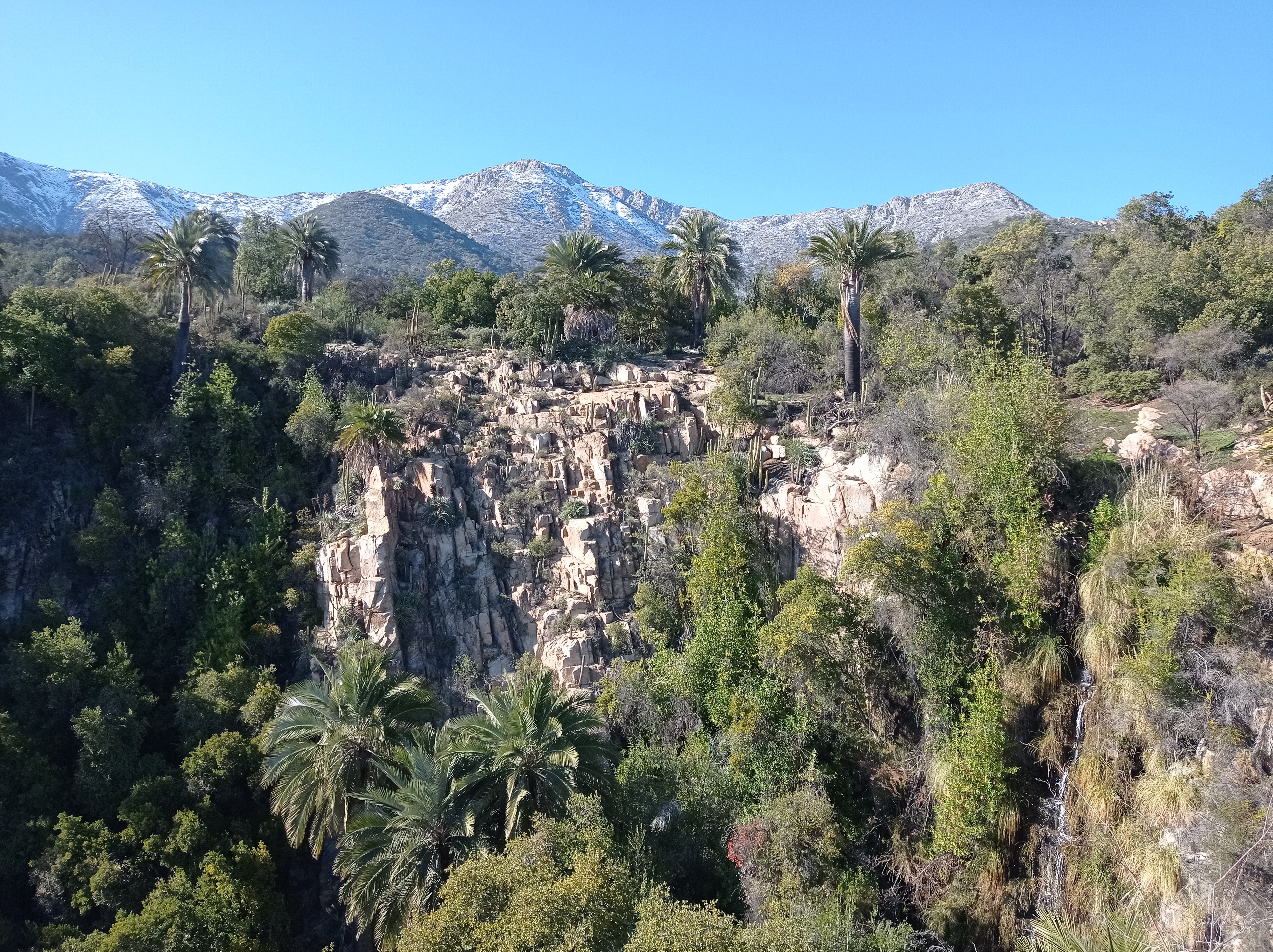
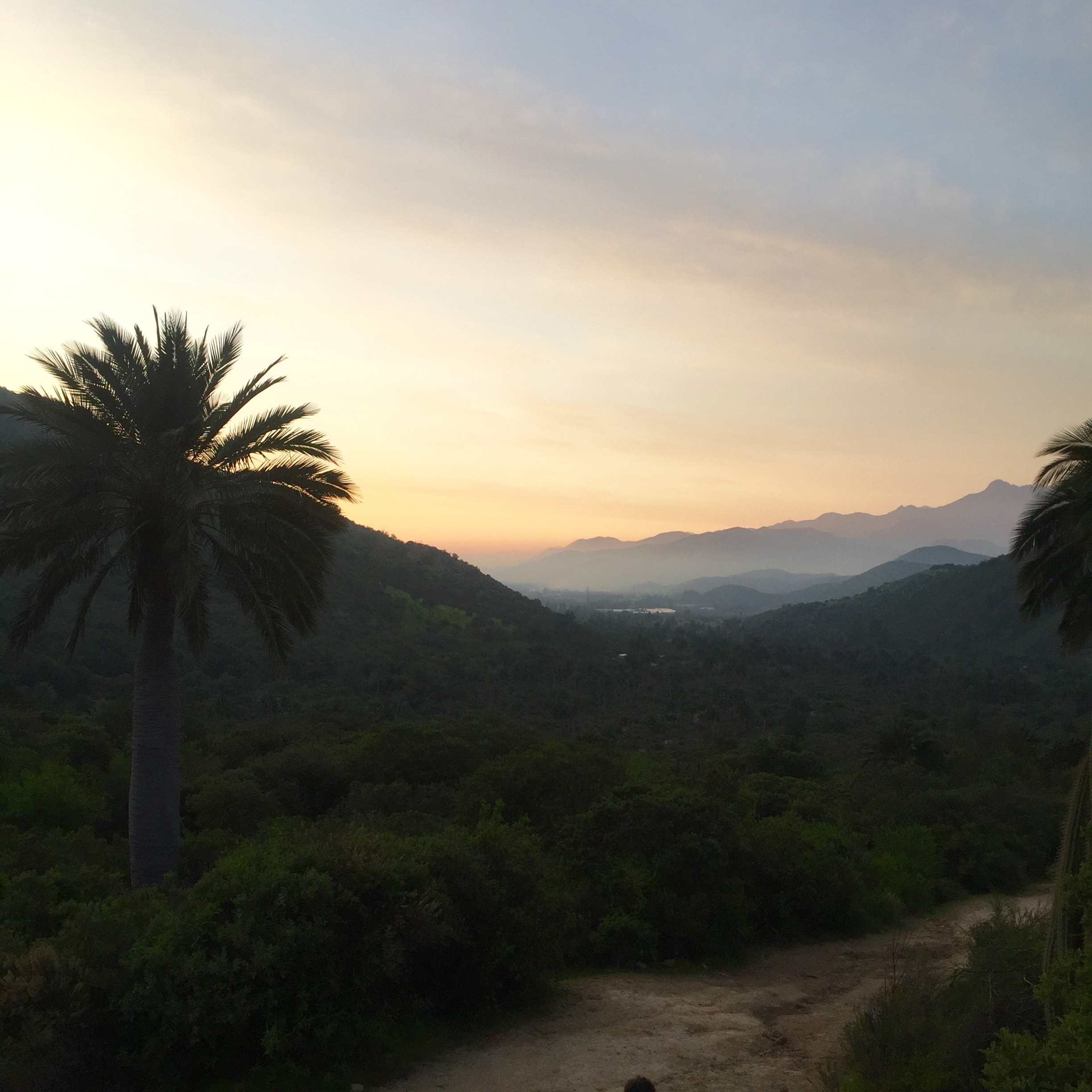
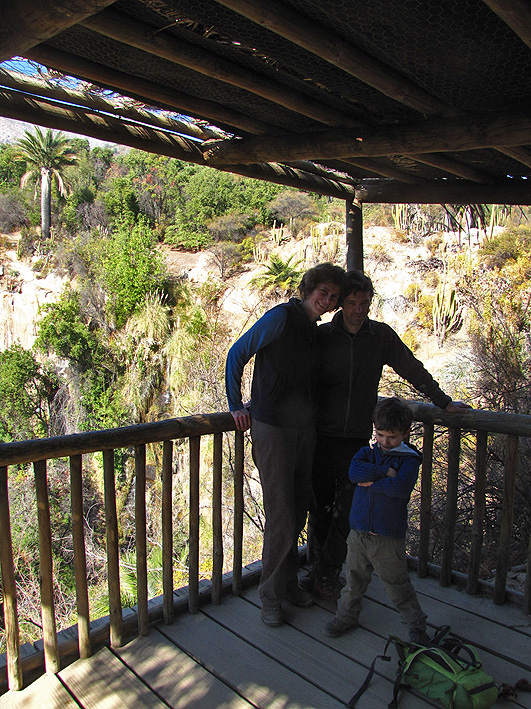

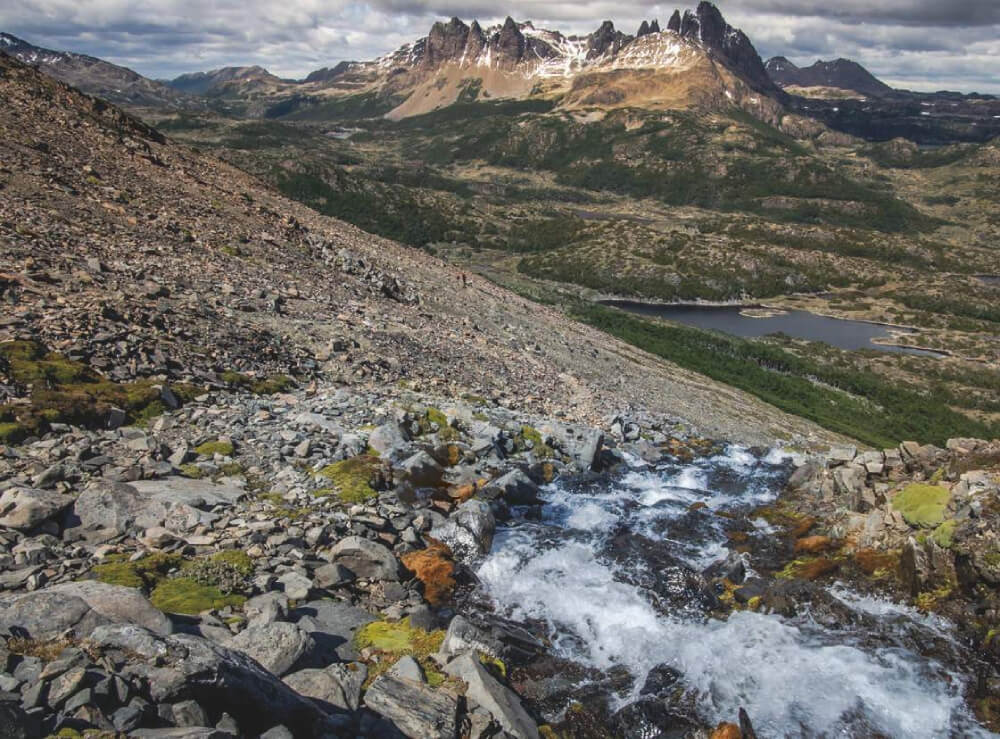
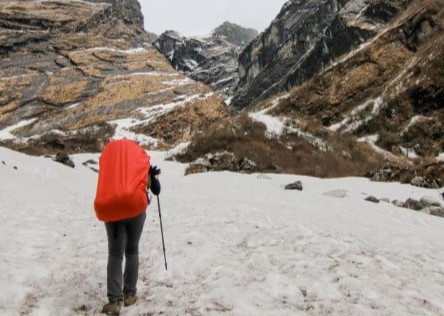

I did it!